Unaju (鰻重) is a special food for Japanese people. It is a grilled freshwater eel over charcoal on top of white rice with eel sauce. Eel sauce is a great combination of soy sauce and mirin, sweet cooking sake. Unaju is widely recognized as a gorgeous delicacy. People consume “unaju” at anniversaries or some special celebrations. Of course there is no problem if we savor unaju in our daily lives because it contains nutrients such as vitamin E, and so on, to get vital energy from this dish.
Please check this link:
https://youtu.be/K_CrPbLvihY
Variations of unagi delicacy
Unagi, a freshwater eel, is known to be rich in nutrients, so people crave for unaju when they need energy for themselves physically and mentally. However, the unagi delicacy requires a fairly long time to prepare it, approximately 30 or 40 minutes to complete its procedure, so people enjoy talking over a side dish & alcohol before eating unaju. As an appetizer, grilled eel liver is a must.

When it comes to the main dish, you can choose eel with rice or without rice.
Unaju (鰻重) is the most standard style of the unagi delicacy, and at the same time, it is gonna be a luxurious image with rectangular-shaped lacquered tableware called jubako (重箱).
Unadon (鰻丼) is basically the same dish: eel on rice, prepared with a bowl. Just the difference of tableware. However, unadon generally means an inexpensive version of unaju. Unaju bento (鰻重弁当) is using disposable packages to go for customers.



Kanto style and Kansai style

There are roughly two ways of cooking eel. In the Kanto region (eastern Japan), the eel is slit down its back, which is called se-biraki (背開き). The long eel is cut into shorter, square fillets and skewered by bamboo skewers.The skewered eel is first grilled plain, which is known as (白焼き), then it is steamed before being flavored and grilled again. As a result,the eel turns out more tender after grilling.
In the Kansai region (western Japan), the eel is slit down the belly, which is called hara-biraki (腹開き), and directly grilled, without being steamed, in their original length. It is called naga-yaki (長焼き). So the outer skin could be crispy and tender inside.
People call their unaju “mamushi” in the Kansai area. Mamushi sounds the same as viper, but it is not using vipers for cooking. This is a kind of play on words. Grilled eel is placed between layers of hot cooked rice for the steam to tenderize the eel. So they call this dish ma-mushi (間蒸し).
Please check these links:
Kanto version
https://youtu.be/IfhuYqYIZpE
Kansai version
https://youtu.be/e1mDrCnScMA
Hitsumabushi, Nagoya style
Hitsumabushi was originally born in Nagoya, Aichi Pref. Hitsu means wooden container and mabushi means to mix the eel and rice together. When savoring hitusmabushi, you basically divide the whole dish into four parts. People taste the first part as it comes, secondly with condiments, thirdly pour green tea over unagi and rice, and finally taste it however you like.
When delivering a large serving of hitsumabushi, the eel was so tasty, however, the rice remained as a food waste. So the owner created a way to consume everything in various tasty ways.
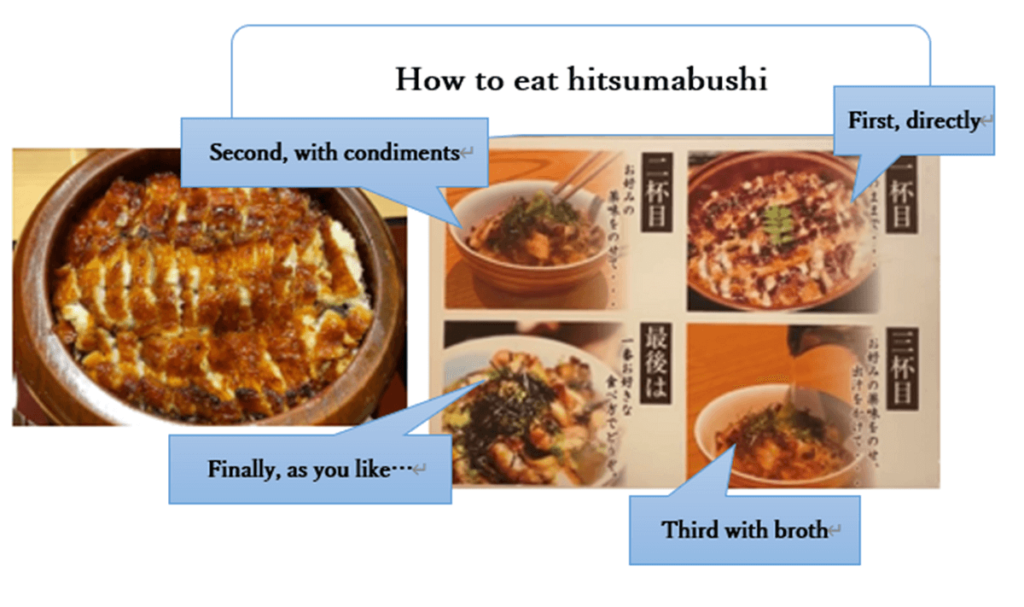
Please check these links:
https://youtu.be/WI36VFGuriY
https://youtu.be/5YsnIzlE8Hs
Is Unagi a summertime delicacy?
Doyo no Ushi no Hi (土用の丑の日) is the day of the year for the customary meal of unagi. Doyo has the same sound as Saturday(土曜), but it is not.
Doyo (土用) indicates the 18 days before the beginning of each season according to the traditional lunar-solar calendar – this is an adjustment period as you enter each the new season.
The summer doyo is said to be the hottest time of the year. Ushi no Hi refers to the day of the ox (the second sign in the Chinese zodiac cycle of 12 signs). So Doyo no Ushi no Hi is the day of the ox within the doyo period.

Actually, the high season to consume unagi dishes is winter, not summer. In the Edo period (1603-1867), owners of restaurants which served unagi dishes had a hard time in summer because people avoided eating unagi dishes under the scorching sun in summer. So they needed a strategy, and some renowned scholars at that time gave an idea or assisted to consume unagi with some persuasive reasons.
Hiraga Gennai was a pharmacologist who invented a hand-operated electric generator and a thermometer. In 1882, he advised a unagi restaurant owner that since unagi started with the ‘u’ character, the restaurant owner should advertise with that in mind. Gennai drew a sign for the restaurant stating that Doyo No Ushi No Hi was the best time to eat unagi.
This campaign was said to be a very effective one, and unaju sold well even in summertime. However, this episode has not been proven yet.

What is Doyo (土用)?

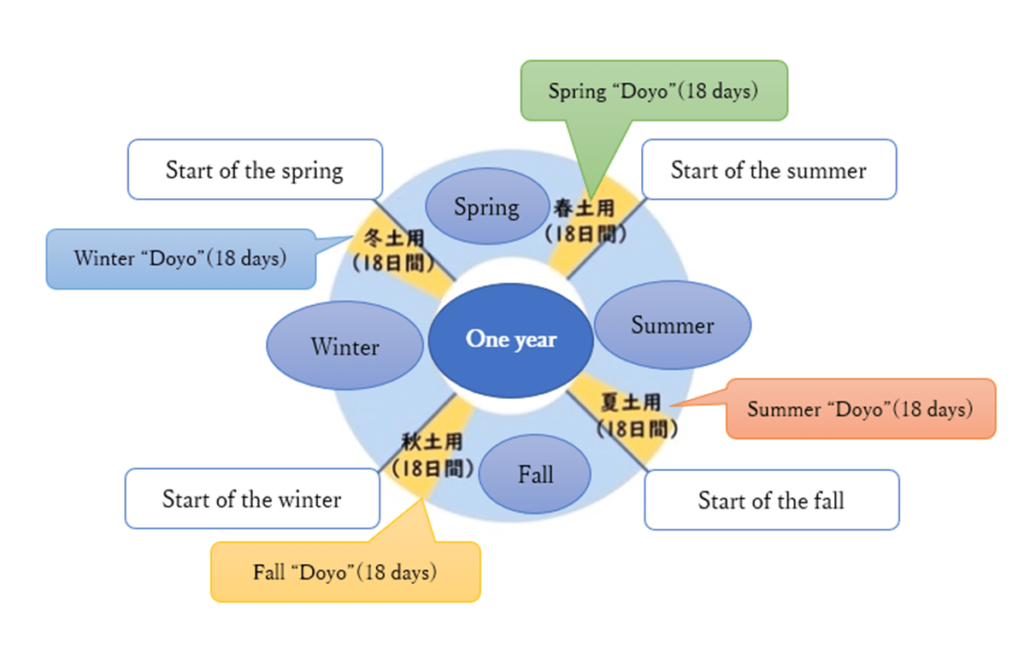
According to the Chinese 24 solar terms (二十四節気), one year is divided into 24 sections. Japan inherited this idea and added four adjustment periods before the beginning of each season. It was called “do ou you ji”「土旺用事」(どおうようじ), later abbreviated to doyo(土用). In these periods, it is believed that the soil could be very active and unstable, so people should be careful about their behaviors and the foods they take.
What is “Ushi No Hi” (丑の日)?
“Ushi no Hi” literally means a day of ox. According to the Japanese zodiac signs, ushi falls in second place. It was originally used for counting numbers, such as 1, 2, 3, or A, B, C. So ”Ne, ushi, tora” … should be regarded as numbers, and the animals are images with this counting system that is easy to remember for children.
In a nutshell, the doyo (土用) period and the second (ushi 丑) day of the term are combined together as an idea to live a better life with nature.

Uanagi delicacy for travelers



In the Edo period, people traveled on foot and took one of the five major highways to go to Kyoto. When they took the Nakasendo line, which goes through a mountainous area, Urawa Station was the last chance to eat unagi before entering Kyoto.
Urawa was a swampy place and mostly under water around 4,000 years ago.
So there used to be abundant unagi in this area and grilled unagi was served to travelers. Now that the natural eel is gone, people in Urawa cherish their custom, and many unagi restaurants keep their tradition.
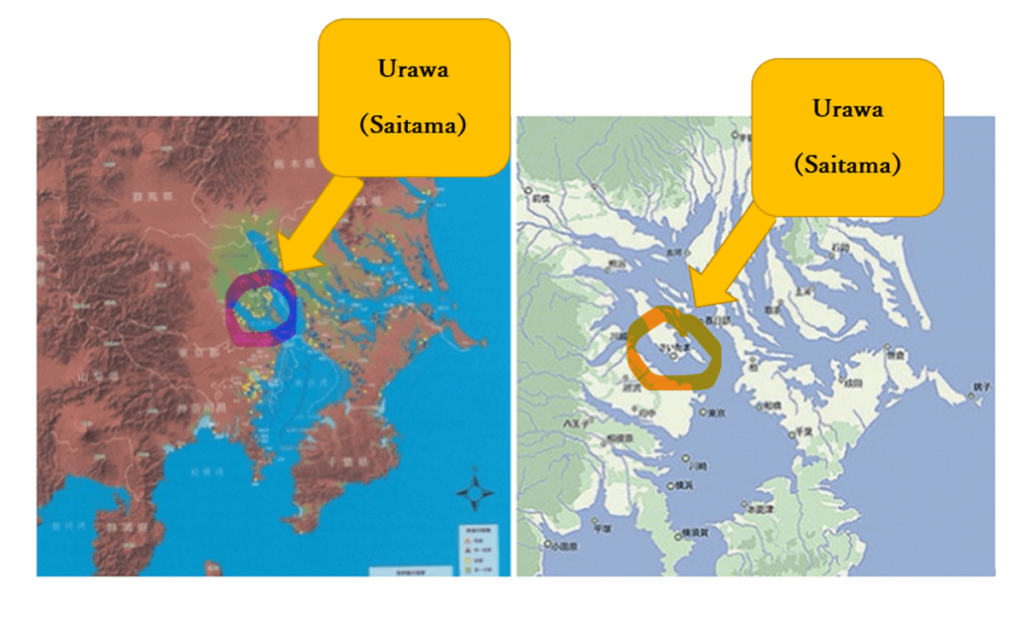

Conclusion
Unaju is a significant Japanese delicacy which people are craving for to energize themselves, even though it would be very expensive these days. Japanese people have felt a great affinity with this elaborate dish and have no worries to wait for a long time before savoring it. Definitely, it is a part of our culinary culture that should be handed down toward the future.


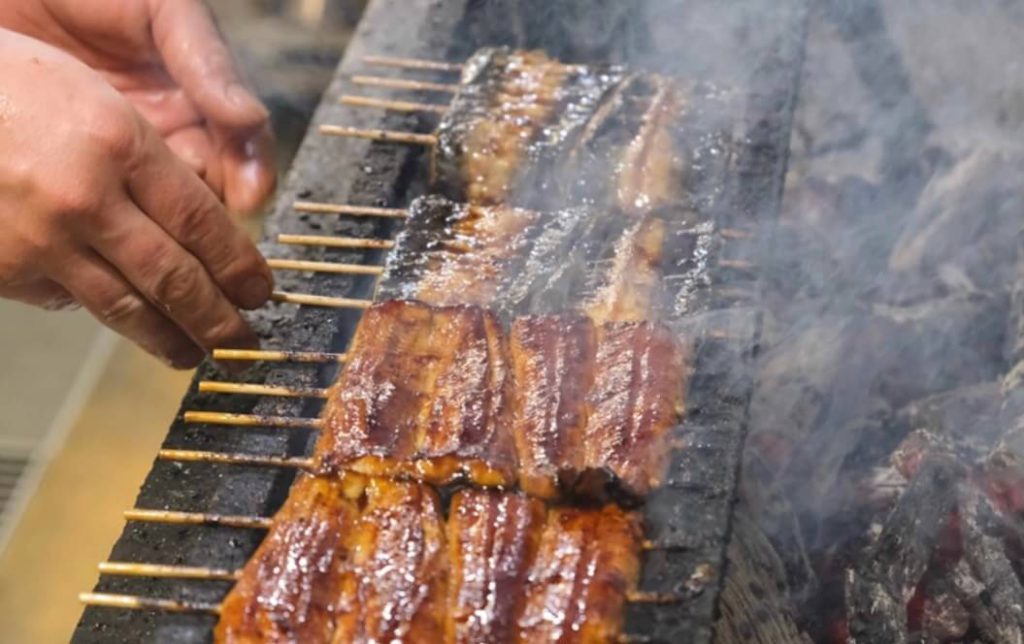
National Tour Guide (English), Eiken Grade 1, TOEIC A rank. Have been studying and teaching English for over 30 years.

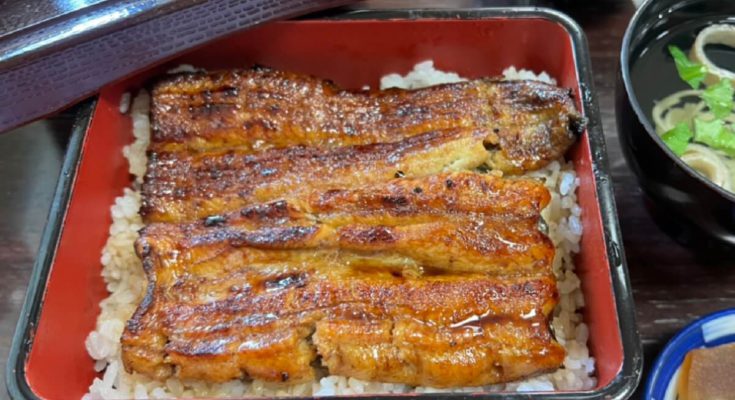

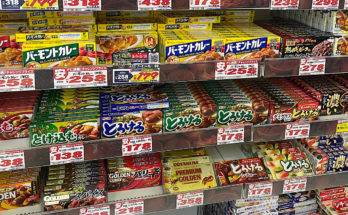
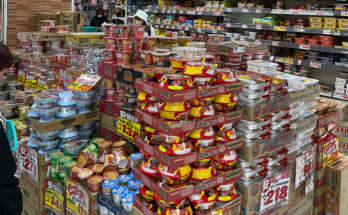
 HTJ has a YouTube page! Check it out
HTJ has a YouTube page! Check it out
Hello, Takeshi san.
I enjoyed your article.
I haven’t had the Kanto version Unagi.
I’m very interested in the differnce of the tastes.
As you said, the high season to consume unagi dishes is winter, but I forget about Unagi in winter! Haha!
Thank you very much for reading and leaving a comment to my post. The difference in taste between Kansai and Kanto is also a pleasure to savor Japanese cuisine. And Hiraga Gennai’s campaign was successful, a kind of white lie, to make a habit to consume Unagi even in summer. Thanks for sharing your view on Unagi dishes.